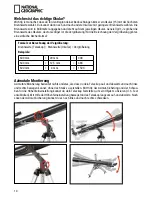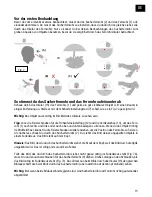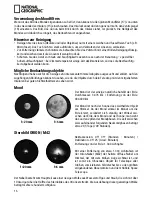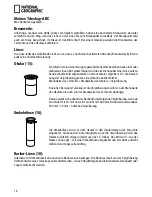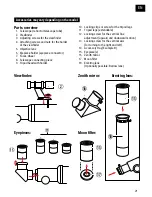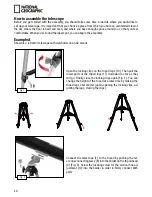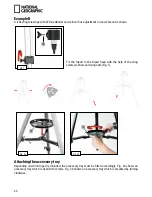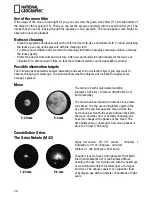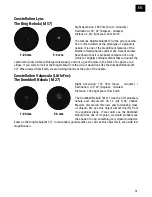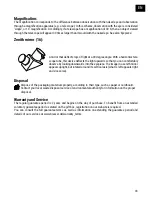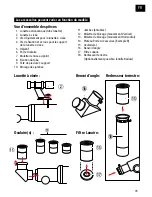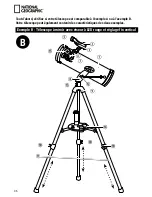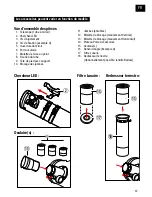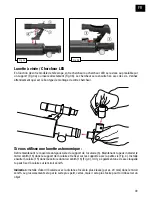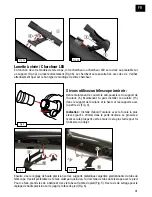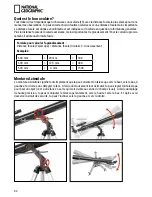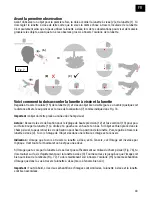
28
Which eyepiece is right?
It is important that you always choose an eyepiece (15) with the highest focal width for the beginning of
your observation. Afterwards, you can gradually move to eyepieces with smaller focal widths. The focal
width is indicated in millimeters and is written on each eyepiece. In general, the following is true: The larger
the focal width of an eyepiece, the smaller the magnification. There is a simple formula for calculating the
magnification:
600 mm
÷ 20 mm
= 30X
600 mm
÷ 12.5 mm
= 48X
600 mm
÷ 4 mm
= 150X
Formula for calculating magnification:
Focal length (Telescope) ÷ Focal length (Eyepiece) = Magnification
Examples:
Azimuthal mounting
Azimuthal mounting just means that you can move your telescope up and down, left and right, without hav-
ing to adjust the tripod. With the help of the azimuth safety and the screws for the vertical fine adjustment,
you can lock your telescope in order to fix on an object (have this object right in your field of vision). With
the help of the vertical fine adjustment, you can move the telescope slowly up and down. And after you
release the azimuth safety, you can move it right and left.

